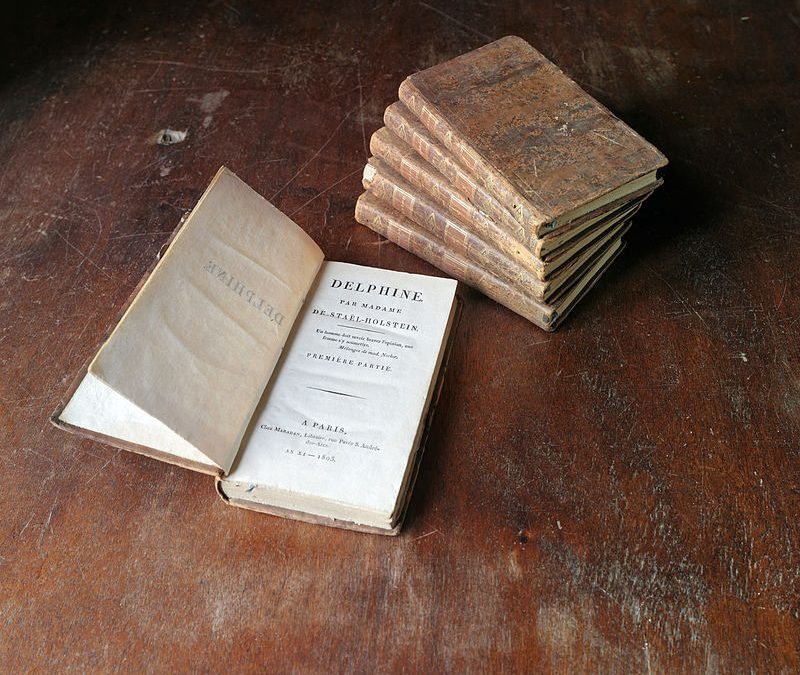When most people think of leather applications, book binding probably doesn’t come to mind. Leather is most commonly associated with products like jackets, shoes, belts, furniture and upholstery, which it does a phenomenal job at. However, it’s also used in book binding, due largely in part to its unique properties and characteristics. To learn more about the use of leather in book binding, keep reading.
Whether it’s a educational/academic textbook, sci-fi novel, or any other book, all books must be properly bound. Binding lives up to its namesake by securing the pages together so they don’t fall out. If the pages weren’t bound, they would simply fall right out. This is easily prevented, though, through the use of binding — the physical assembly of a book and the pages it contains.
The leather has many advantages
Leather has become an increasingly popular choice for book binding, and for good reason: it’s strong, durable, stylish and easily available. But there are also some potential disadvantages to using this material in book binding. Leather is susceptible to temperature fluctuations, high humidity, low humidity, ultraviolet (UV) sunlight, dust, mold and bugs. Turning a blind eye to these elements could result in damage to the book, which is why it’s important for owners of leather-bound books to know where and how to store them.
If you own a leather-bound book, it’s recommended that you store it in a climate-controlled environment with a relative humidity of 40-50%. This seems to be a happy medium that’s not too dry and not too moist for leather. Storing leather-bound books in environments with 50% or higher relative humidity may cause them to develop mold, whereas storing them in environments with 40% or lower relative humidity may cause them to dry out and even crack.
In conclusion
For leather-bound books with red dot text, acid-free phase boxes or polyester dust jackets are recommended to prevent damage. Using either of these products will protect the leather from damage while also preventing oil from the owner’s hands from getting on the book.
Also, use caution to avoid leaving your leather-bound book in the car. Why is this a problem? Well, as mentioned above, leather is susceptible to both UV sunlight and temperature changes, both of which are commonplace inside cars. The combination of these elements can wreck havoc on a leather-bound book, potentially causing the pages to unravel.

